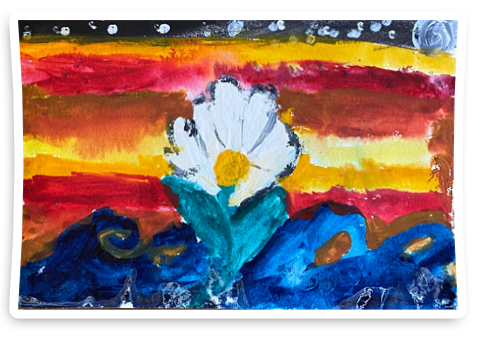
Acupuncture Styles
Each practitioner, in truth, develops her own 'style of acupuncture' and as acupuncture takes root in the West there is much cross pollination of thought and practice amidst different approaches.
There are significant differences in what a practitioner likes 'to look at' that I wish to reference here.
A majority of U.S. acupuncturists practice what is commonly referred to as Traditional Chinese Medicine (TCM). The national exam is based on this material. 'Classical Acupuncture' or Five Element acupuncture has much in common with TCM--concept of the ch'i and the meridians, the needling, and pulse reading.

However, TCM, influenced by Western medicine and ideas, places the major emphasis by far on the patient's physical signs and symptoms. Diagnosis in TCM involves sorting complex and often contradictory categories of information to arrive at the right acupuncture points and herbal formulas to ease the physical symptoms.
The Five Element model pays close attention to the mind and spirit and its influence on the subtle energy body. A practitioner is trained to notice elemental expressions of qualities as they express in subtle hues of color around a person's eyes and mouth, odor, sound of voice, and emotion. Primary emphasis is learning how to ASK, and how to listen--listen to the words and the words behind the words, the way they are spoken, and the feeling underneath. I learned to look for metaphor and meaning in illness, and also to hold steady to the myriad other factors determining health and disease: environment, genetic factors, medical history, accidents and more. I learned how to focus my intention for healing behind a needle and attend to the 'soul' level of healing.
I studied TCM extensively and I use these tools everyday, particularly the herbs, and I am very grateful for this knowledge. Using both systems together--and there are yet other systems practiced in this country--can bring extremely valuable benefits to patients. To combine the systems well requires a laborious integration process. There is a trend toward minimalist point for symptom acupuncture being picked up by other health care professionals, which is a brutal simplification of this fine art of medicine. As each person is an individual, even if a symptom is similar, the art doesn't lend itself to a standardization of double-blind mechanistic study.
Life long energetic patterns that give rise to symptoms don't change overnight. But gradually, as when one fertilizes a garden, more balance and health come forth. There is a place for short term acupuncture treatment; at times surprisingly fast resolutions take place in 1-3 treatments.
In medicine, as in all fields, it takes tremendous courage, understanding and security for practitioners to tolerate and even welcome diversity. Our challenge is to deepen our collective understanding as to what approach is likely to work in any given situation. Often this will be a combination of approaches--acupuncture and surgery, TCM herbs and Five Element work, chiropractic and nutritional upgrades--the art of healing is an ever evolving mystery we live our way into.